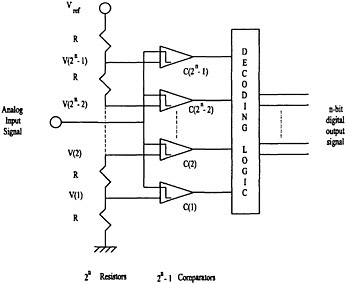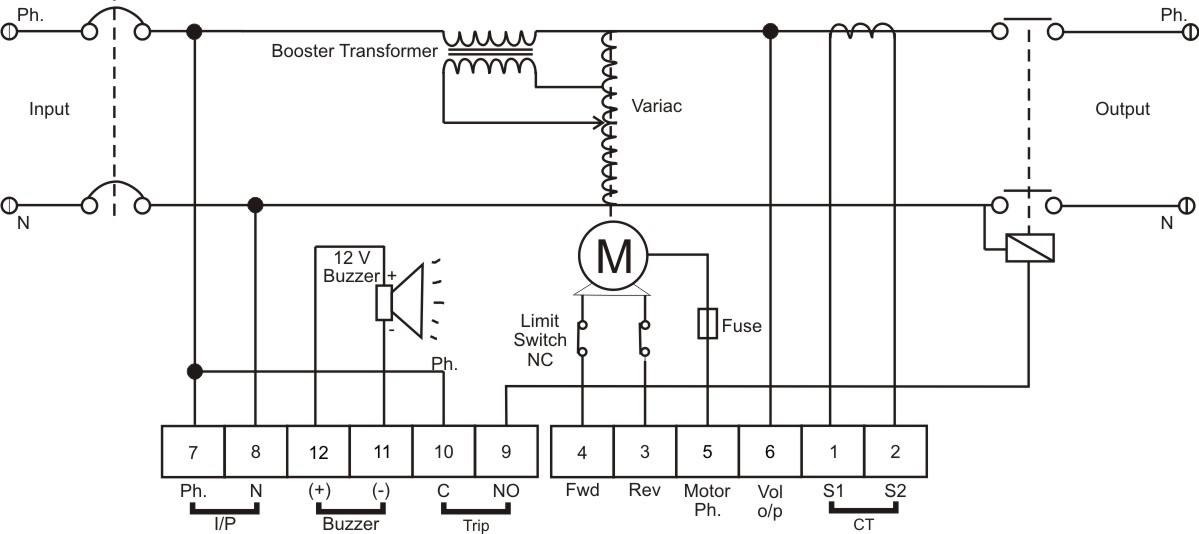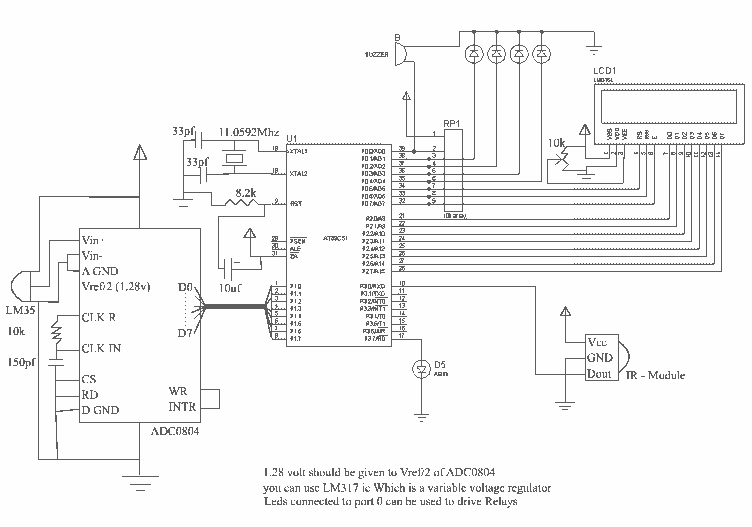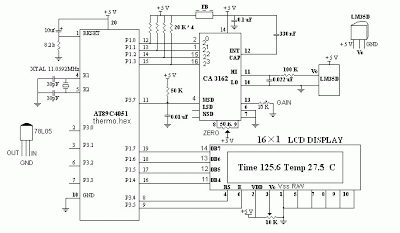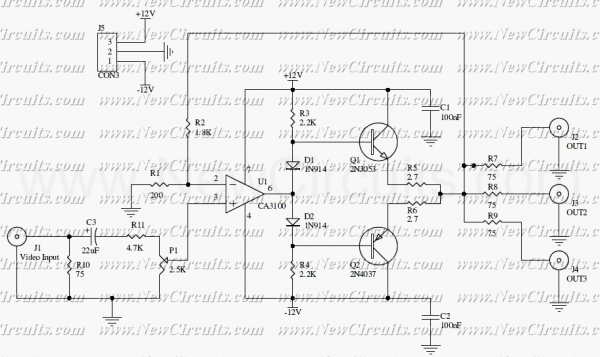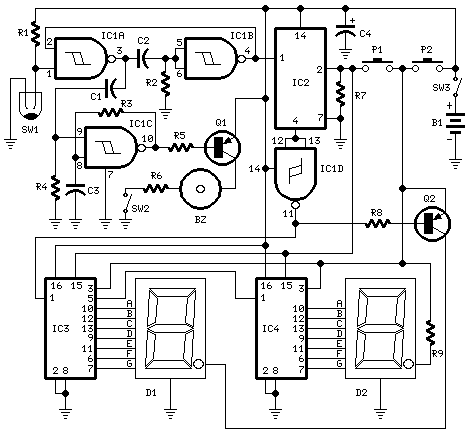
digital isolation up to 100
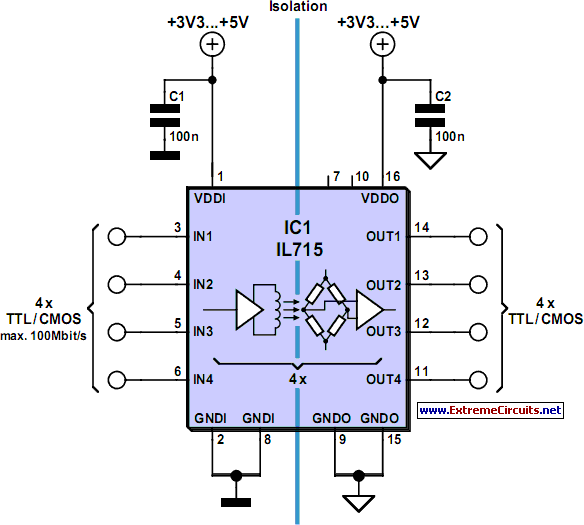
When it is necessary to transmit a digital signal between two electrically isolated circuits, an optoisolator or transformer coupling is typically employed. However, both solutions have limitations; optocouplers are effective only up to approximately 10 MHz, while transformers exhibit poor performance at low frequencies, particularly in the Hertz range. NVE Corporation offers a range of coupling devices utilizing innovative IsoLoop technology, capable of achieving data rates up to 110 Mbaud. The IL715 type coupler serves as an example, providing four TTL or CMOS compatible channels with a data rate of 100 Mbit/s. The inputs and outputs are compatible with both 3.3 V and 5 V systems. The maximum isolation voltage is 2.5 kV, and the device can handle input transients up to 20 kV/µs. NVE also produces various configurations, including bidirectional versions suitable for RS485 interfacing. The IsoLoop coupler employs relatively new Giant Magneto-Resistive (GMR) technology. The input signal generates a current in a planar coil, which creates a magnetic field that alters the resistance of the GMR material. This material is separated from the planar coil by a thin film high-voltage insulating layer. The resistance change is amplified and sent to a comparator to generate a digital output signal. Variations in ground potential at either the input or output stage do not induce current flow in the planar coil, thereby preventing any magnetic field changes that could affect the GMR material. Overall, this circuit offers excellent electrical isolation between input and output and provides protection against input signal transients, including electromagnetic interference (EMI).
The IsoLoop coupler's design incorporates several key features that enhance its performance and reliability in digital signal transmission across isolated circuits. The GMR technology utilized in the IsoLoop devices is particularly advantageous due to its sensitivity to magnetic fields, allowing for efficient signal conversion and isolation. The planar coil configuration ensures that the magnetic field generated is effectively coupled to the GMR material, maximizing the device's response to input signals while maintaining high levels of isolation.
The ability of the IL715 coupler to operate at data rates of 100 Mbit/s makes it suitable for high-speed applications, while its compatibility with both 3.3 V and 5 V logic levels allows for integration into a wide variety of electronic systems. The maximum isolation voltage of 2.5 kV ensures that sensitive components in the circuits remain protected from high-voltage transients, making the IsoLoop coupler a reliable choice for applications where electrical isolation is critical.
Additionally, the capability to withstand input transients of up to 20 kV/µs further enhances the robustness of the device, making it suitable for environments where electrical noise and surges are prevalent. The bidirectional configurations available from NVE allow for versatile implementation in communication protocols such as RS485, which is commonly used in industrial and automation applications.
In summary, the IsoLoop technology from NVE Corporation represents a significant advancement in the field of electrical isolation and digital signal transmission, combining high-speed performance with robust protection against electrical disturbances. This makes it an ideal solution for a range of applications requiring reliable communication between isolated circuits.When it is necessary to send a digital signal between two electrically isolated circuits you would normally choose an optoisolator or some form of transformer coupling. Neither of these solutions is ideal; optocouplers run out of steam beyond about 10 MHz and transformers do not have a good low frequency (in the region of Hertz) response.
The comp any NVE Corporation ( produces a range of coupler devices using an innovative IsoLoop` technology allowing data rates up to 110 Mbaud. The example shown here uses the IL715 type coupler providing four TTL or CMOS compatible channels with a data rate of 100 Mbit/s.
Inputs and outputs are compatible with 3. 3 V or 5 V systems. The maximum isolation voltage is 2. 5 kV and the device can cope with input transients up to 20 kV/ µs. The company produce many other configurations including bidirectional versions that would be suitable for RS485 interfacing. The IsoLoop coupler is based on relatively new GMR (GiantMagnetoResistive) technology. The input signal produces a current in a planar coil. This current generates a magnetic field that produces a change in resistance of the GMR material. This material is isolated from the planar coil by a thin film high voltage insulating layer. The change in resistance is amplified and fed to a comparator to produce a digital output signal. Differences in the ground potential of either the input or output stage will not produce any current flow in the planar coil and therefore no magnetic field changes to affect the GMR material.
Altogether the circuit provides a good electrical isolation between input and output and also protects against input signal transients (EMV). 🔗 External reference
The IsoLoop coupler's design incorporates several key features that enhance its performance and reliability in digital signal transmission across isolated circuits. The GMR technology utilized in the IsoLoop devices is particularly advantageous due to its sensitivity to magnetic fields, allowing for efficient signal conversion and isolation. The planar coil configuration ensures that the magnetic field generated is effectively coupled to the GMR material, maximizing the device's response to input signals while maintaining high levels of isolation.
The ability of the IL715 coupler to operate at data rates of 100 Mbit/s makes it suitable for high-speed applications, while its compatibility with both 3.3 V and 5 V logic levels allows for integration into a wide variety of electronic systems. The maximum isolation voltage of 2.5 kV ensures that sensitive components in the circuits remain protected from high-voltage transients, making the IsoLoop coupler a reliable choice for applications where electrical isolation is critical.
Additionally, the capability to withstand input transients of up to 20 kV/µs further enhances the robustness of the device, making it suitable for environments where electrical noise and surges are prevalent. The bidirectional configurations available from NVE allow for versatile implementation in communication protocols such as RS485, which is commonly used in industrial and automation applications.
In summary, the IsoLoop technology from NVE Corporation represents a significant advancement in the field of electrical isolation and digital signal transmission, combining high-speed performance with robust protection against electrical disturbances. This makes it an ideal solution for a range of applications requiring reliable communication between isolated circuits.When it is necessary to send a digital signal between two electrically isolated circuits you would normally choose an optoisolator or some form of transformer coupling. Neither of these solutions is ideal; optocouplers run out of steam beyond about 10 MHz and transformers do not have a good low frequency (in the region of Hertz) response.
The comp any NVE Corporation ( produces a range of coupler devices using an innovative IsoLoop` technology allowing data rates up to 110 Mbaud. The example shown here uses the IL715 type coupler providing four TTL or CMOS compatible channels with a data rate of 100 Mbit/s.
Inputs and outputs are compatible with 3. 3 V or 5 V systems. The maximum isolation voltage is 2. 5 kV and the device can cope with input transients up to 20 kV/ µs. The company produce many other configurations including bidirectional versions that would be suitable for RS485 interfacing. The IsoLoop coupler is based on relatively new GMR (GiantMagnetoResistive) technology. The input signal produces a current in a planar coil. This current generates a magnetic field that produces a change in resistance of the GMR material. This material is isolated from the planar coil by a thin film high voltage insulating layer. The change in resistance is amplified and fed to a comparator to produce a digital output signal. Differences in the ground potential of either the input or output stage will not produce any current flow in the planar coil and therefore no magnetic field changes to affect the GMR material.
Altogether the circuit provides a good electrical isolation between input and output and also protects against input signal transients (EMV). 🔗 External reference
Warning: include(partials/cookie-banner.php): Failed to open stream: Permission denied in /var/www/html/nextgr/view-circuit.php on line 713
Warning: include(): Failed opening 'partials/cookie-banner.php' for inclusion (include_path='.:/usr/share/php') in /var/www/html/nextgr/view-circuit.php on line 713
